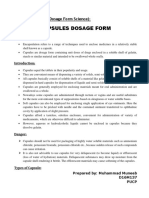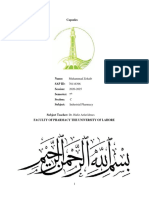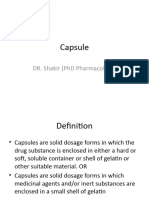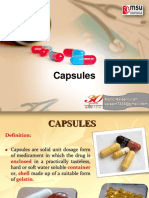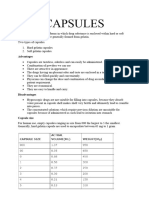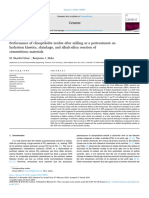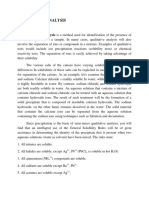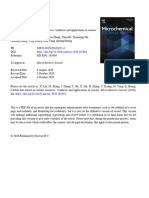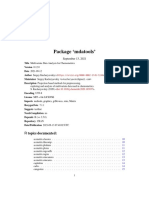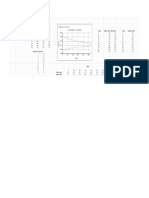0% found this document useful (0 votes)
9 views4 pagesCapsule
Capsules are solid dosage forms made of gelatin that can be hard or soft, with various advantages such as taste masking and ease of swallowing. Hard gelatin capsules consist of a body and cap, while soft gelatin capsules are single units designed for liquid medicaments. Both types require specific excipients for filling and have distinct production processes, with storage recommendations to maintain their integrity.
Uploaded by
shivnathnavrang45Copyright
© © All Rights Reserved
We take content rights seriously. If you suspect this is your content, claim it here.
Available Formats
Download as PDF, TXT or read online on Scribd
0% found this document useful (0 votes)
9 views4 pagesCapsule
Capsules are solid dosage forms made of gelatin that can be hard or soft, with various advantages such as taste masking and ease of swallowing. Hard gelatin capsules consist of a body and cap, while soft gelatin capsules are single units designed for liquid medicaments. Both types require specific excipients for filling and have distinct production processes, with storage recommendations to maintain their integrity.
Uploaded by
shivnathnavrang45Copyright
© © All Rights Reserved
We take content rights seriously. If you suspect this is your content, claim it here.
Available Formats
Download as PDF, TXT or read online on Scribd
/ 4

























